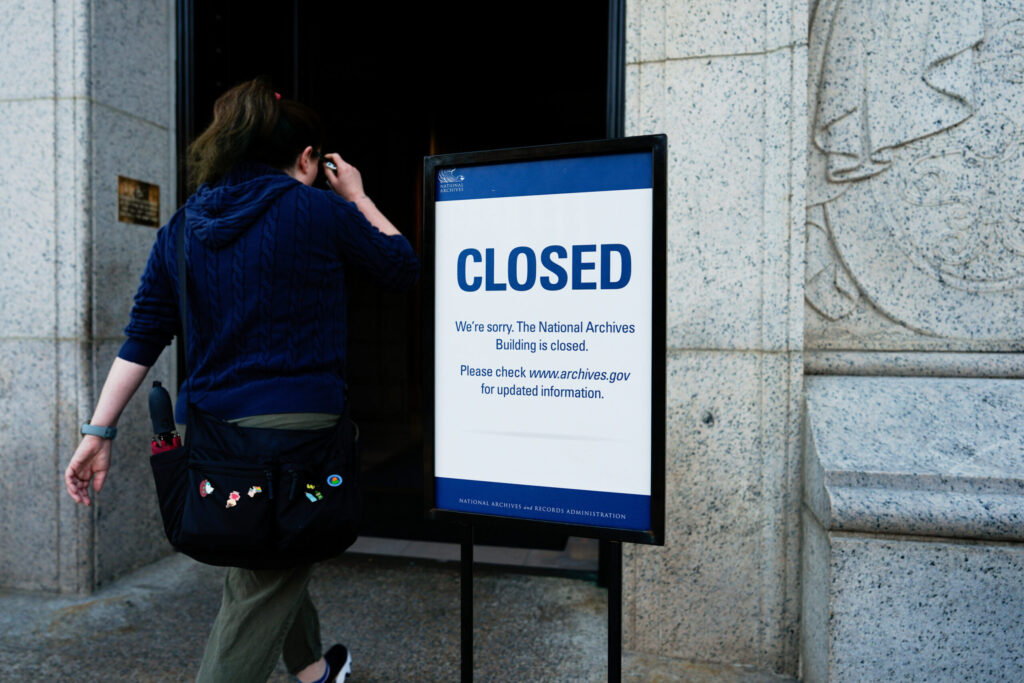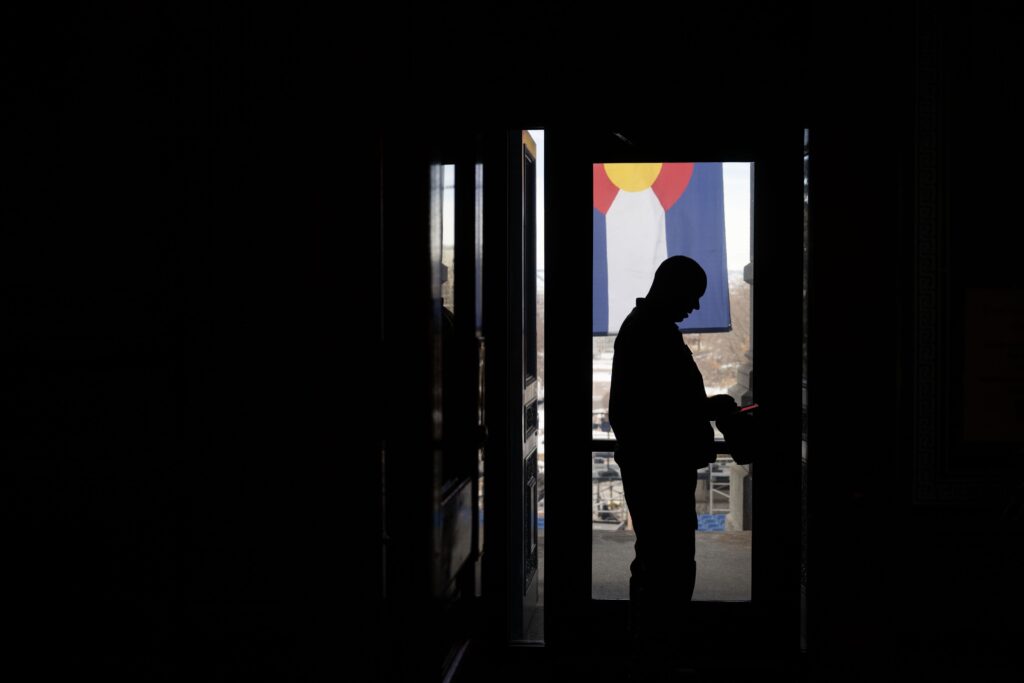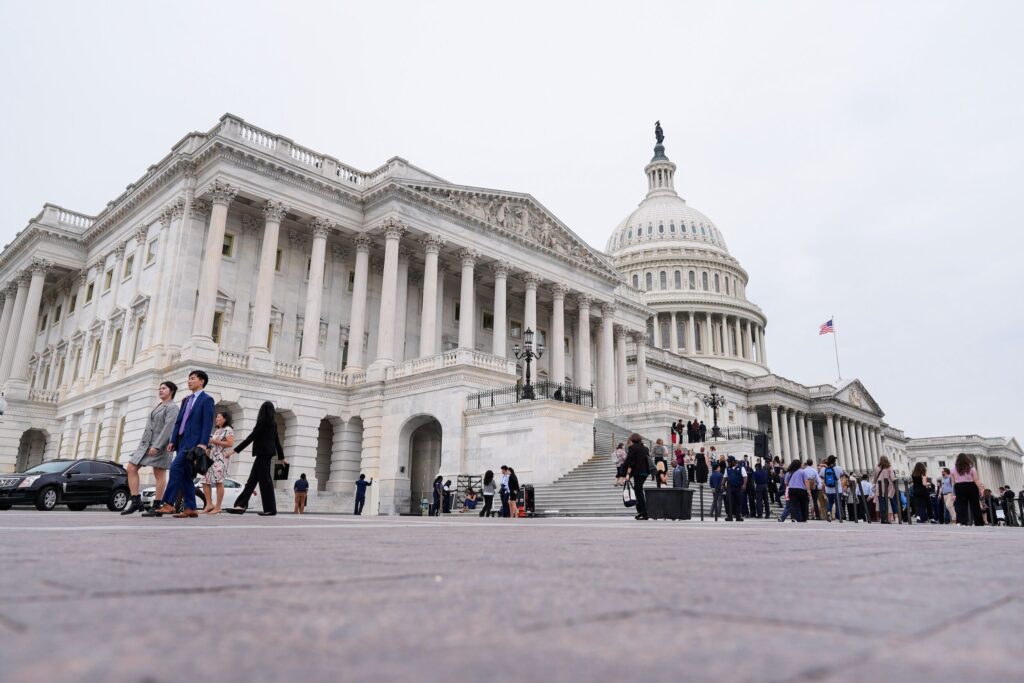Hudson: Local governments grapple with boosting broadband

The 268 cities and towns that belong to the Colorado Municipal League returned to Breckenridge last week for the organization’s annual summer meeting. More than a thousand elected officials and municipal officers were registered for a weeklong schedule of training sessions, and issue forums. (Several years ago, one of Denver’s investigative TV reporters ambushed delegates around the swimming pool, asking why they weren’t attending the scheduled educational seminars. This year, with the exception of a handful of term-limited or recently defeated Denver members enjoying one final, in-state junket, the attendees crowded into sessions.)
One of the most striking things about CML delegates is their diversity: old and young, cowboys and dudes, roughly as many men as women, and a potpourri of folks representing all of Colorado. Local elections are the place where democracy works best. In a town of 2,500, with a five-member council, voters know exactly who they are voting for – their personal strengths and their contributions to the community. Silver-tongued devils need not apply. Sincerity, commitment and proven service are far more likely to be rewarded. Consequently, CML is a better forum for Colorado’s small towns and cities than it is for the home-ruled muscle municipalities along the Front Range.
Every stretch included forums about the availability of high-speed broadband. It’s conventional wisdom that economic development in the 21st Century depends on access to broadband Internet services. Despite considerable political lip service, both at state and federal levels – as well as a multitude of grants to bring the service to rural schools, hospitals and farms – it’s clear there’s only a patchwork of coverage across Colorado. Stranger still is the fact that some communities enjoy several competing fiber-optic vendors, while others, just a few miles away, have none. This dilemma has been further complicated by Senate Bill 05-152, legislation approved in 2005 at the behest of the cable companies and others, making it difficult for small communities to grow or build their own broadband systems.
Even when a major telecommunications carrier has expressed no interest in serving a smaller community, that town must hold an election approving the development of its own municipal system. While nearly all these elections have been successful, they are required because the industry could see over the horizon long before the Legislature understood the facts on the ground. Because of legislative term limits, it’s difficult to reconstruct what arguments lobbyists used to obtain this result. In the case of Longmont, which has been unhappy with the quality of service the city receives from Comcast, it now finds itself in court despite voter approval to pursue a competing, community-owned broadband service. Montrose, Yuma and Centennial are all at one stage or another developing their own systems.
As if there weren’t enough legal hurdles, Montrose City Manager William Bell recommends seeking out a public-private partnership, or P3, arrangement if at all possible. Simple access to poles can prove a fatal stumbling block for small towns. Regulated by federal rather than state rules, several communities have negotiated pole access by partnering with existing power companies, particularly Tri-State in rural areas. Google offers a financing program to create “Google Fiber Communities,” but its involvement often provokes competing telecommunication carriers to object. Claiming incumbent provider rights under, you guessed it, SB 152, they sue to block these Google projects. Fort Collins Mayor Wayne Troxell pointed out that larger municipalities often have access to poles and conduit belonging to the city, even if they were installed for other reasons. The Australian infrastructure investment bank MacQuarie has funded several Colorado projects on a 20-year bond basis. None of this is simple, it seems.
At the same time Colorado communities are scrambling to connect to the fiber optic backbones that parallel many of the state’s major highways, the Department of Local Affairs and the Colorado Department of Safety are exploring the FirstNet Public Safety Broadband Network that the U. S. Department of Commerce is attempting to deploy nationally. Assigned its own reserved band of cellular spectrum, FirstNet can guarantee public safety responders access to a reliable channel for high-speed data. Currently, first responders have to compete with civilian cell users for spectrum space. This means that during emergencies or civil crises, including storms and flooding, safety departments often can’t get a dial tone. The same overloading of cell towers occurs during rock concerts, athletic events and other situations where first responders could be needed. Adams County has been the first jurisdiction in Colorado to move to this new spectrum. It’s spent nearly $15 million dollars to transition its police and fire communications to this new system. Denver has piggybacked DIA into the Adcomm network. During last year’s World Ski Championships, portable FirstNet transmitters and towers operated flawlessly.
There is, of course, a hitch in the eventual deployment. Congress has only appropriated $7 billion of what should eventually be a $40 billion dollar investment. The Department of Commerce is drafting a Request for Proposals to partner with a private vendor for building out the nationwide system. Only AT&T and Verizon are believed to possess the resources to respond. Their systems, however, would retain the same patchwork holes in service that cell users in Colorado are familiar with. States have the choice of opting out of the national system and building out their own network, provided it remains compatible with FirstNet. That was the expressed preference of Denver Fire Chief Eric Tade and Ken Coleman Madsen, project manager for the Governor’s Office of Information and Technology. A study is under way to determine whether excess capacity could be leased or sold to the many rural communities looking for broadband access as a way to help pay for deployment of FirstNet statewide. Colorado’s safety agencies are trying to guarantee coverage in the very areas also demanding service for residents. Whether the revenues will match up in a TABORized political environment is anyone’s guess. There should be an assessment early next year.
There seems little doubt broadband Internet access is a necessary asset for local economic development, yet it remains doubtful it can be sufficient to ensure prosperity. Luring Millennials and their computer terminals off the Front Range will likely demand amenities that go well beyond cheaper rents.
– mnhwriter@msn.com














